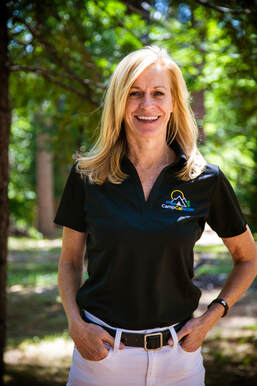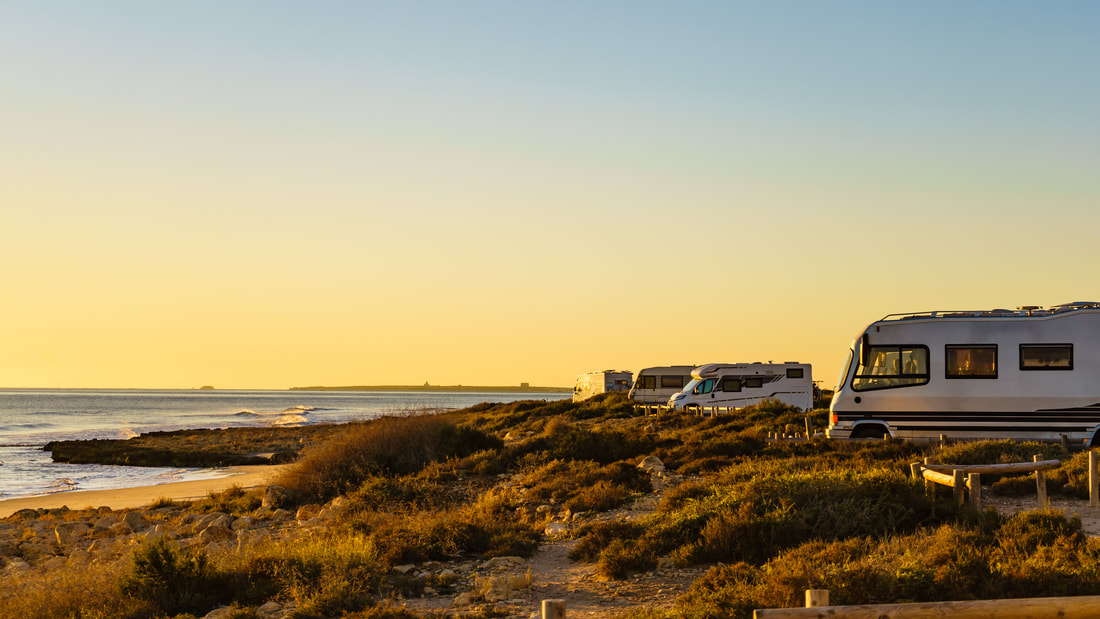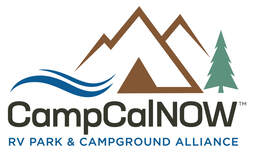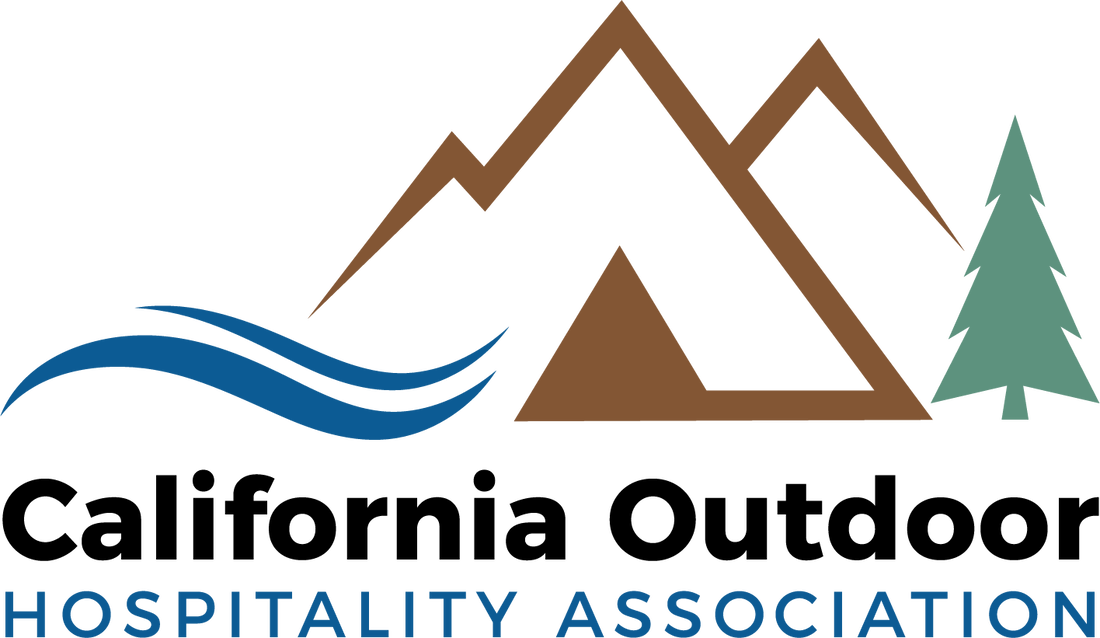|
Written by Dyana Kelley, CEO and president of CampCalNOW RV Park and Campground Alliance, and Mark Koep, CEO and founder of CampgroundViews.com.
The outdoor hospitality industry is on the cusp of five years of the most significant growth in modern history, with change that will drastically alter the makeup, style and needs of campers. Our industry will benefit from consumer, political, and social changes brought on by the COVID-19 pandemic and ensuing government actions all stacked upon the previous favorable conditions already generating growth in the space. Come along as we shake our crystal ball and look at the trends that may benefit our industry today and in the near future. Back in February 2020, during a presentation at the Carolina ARVC annual meeting, Koep explained to the audience that the industry was on pace for a record camping season that would continue throughout the next five years to come. This prediction was based upon the positive economic numbers, improving middle-class financial situation, outdoor/travel-oriented trends, advances in connectivity, interest from Millennials and Baby Boomers, and an overall resurgence in the camping industry. This information contrasted strongly against lagging demand for new RVs and lackluster shipments; people were camping in but not necessarily buying RVs — then the pandemic hit. From March through May all travel and most economic activity contracted drastically. Campgrounds and RV parks, who had been investing heavily, were looking at the potential of bankruptcy should they be unable to draw on the camping public. States and localities were banning travel and preventing campgrounds from opening and, frankly, it appeared the world was coming to an end — until something miraculous happened. The Trump administration announced in late April the “Guidelines for Reopening America.” With that document and guidance in place, a number of states began reopening commerce just in time for the normal spring camping trips. During the Back to Camping Summit, Kope laid out his projection for a “Great American (Local) Roadtrip” predicting that Americans would escape to campgrounds to get a release from their local environments. Like clockwork, the trips began and early reports from park owners from states like Texas, Florida, and South Carolina confirmed the estimates that people were traveling aggressively in RVs. At the same time California, along with a number of other states, was still maintaining strict limitations on travel and business reopenings. Kelley was working closely with member parks, health officials and state officials to establish reopening paths for parks and campgrounds. The first step was to educate the government.
0 Comments
By Jeff Crider for Woodall's Campground Management | Originally Published on July 31, 2020  It has been challenging enough having 50 different COVID-19 strategies in 50 different states. In California, CampCalNOW RV Park and Campground Alliance’s (CampCalNOW) President and CEO Dyana Kelley has had to deal with 58 counties exerting their own COVID-19 protocols, which had direct impacts on private park operators. This was the case even after June 12, when Gov. Gavin Newsom finally allowed all campgrounds in all counties to open. “I found that there were a lot of counties that absolutely did not want any tourism at all under any circumstances,” Kelley said. “That was a very difficult thing to overcome.” California was one of the first states in the country to shut down businesses and clamp down on leisure travel as a way to combat the pandemic. San Francisco Bay Area counties began to shut down as early as March 10, with other counties following suit soon after that. “I first had to educate the governor’s office on the overall structure of a special occupancy park,” Kelley said. “Most parks have a segment of full-time RV residents and couldn’t just ‘close’ the park. Once they understood that aspect, parks were all allowed to remain open to serve essential workers, full-time RVers and anyone needing to shelter-in-place.” Kelley said it was around mid-May that California went into the phases of reopening. Newsom initially did not want campgrounds opening until Phase 3 or Phase 4 of his reopening plan. This would have prohibited campgrounds from opening to accept leisure travelers until sometime after Labor Day. Keeping Californians sheltering in place inside their homes proved to be untenable, however. |
Check out more blog posts!
Categories
All
Archives
June 2024
|
|
2023 Copyright California Outdoor Hospitality Association. All Rights Reserved.
319 Nevada Street | Auburn, CA 95603 Phone: (530) 885-1624 | [email protected] | sitemap |



